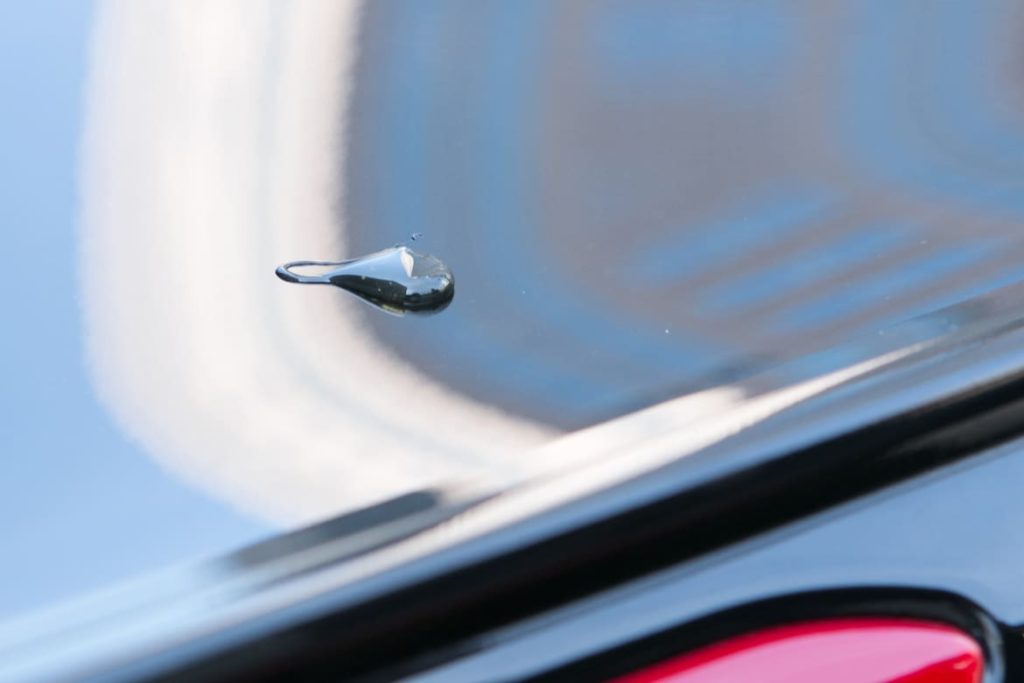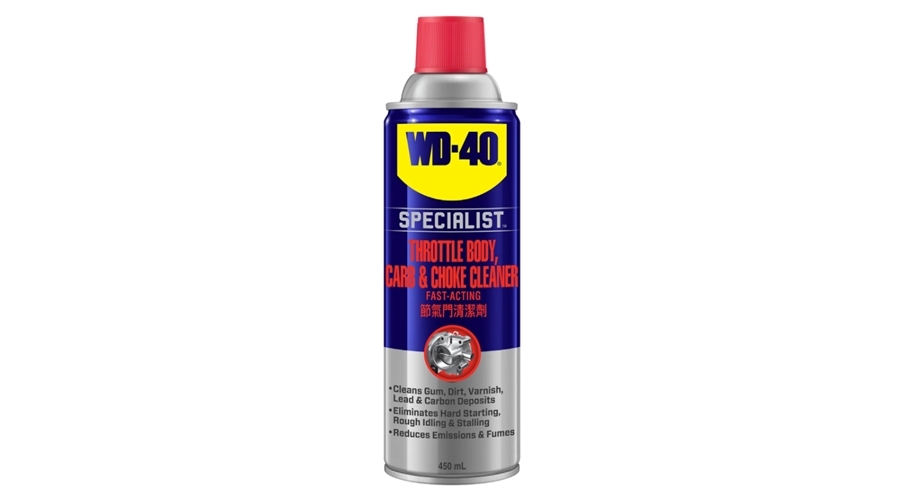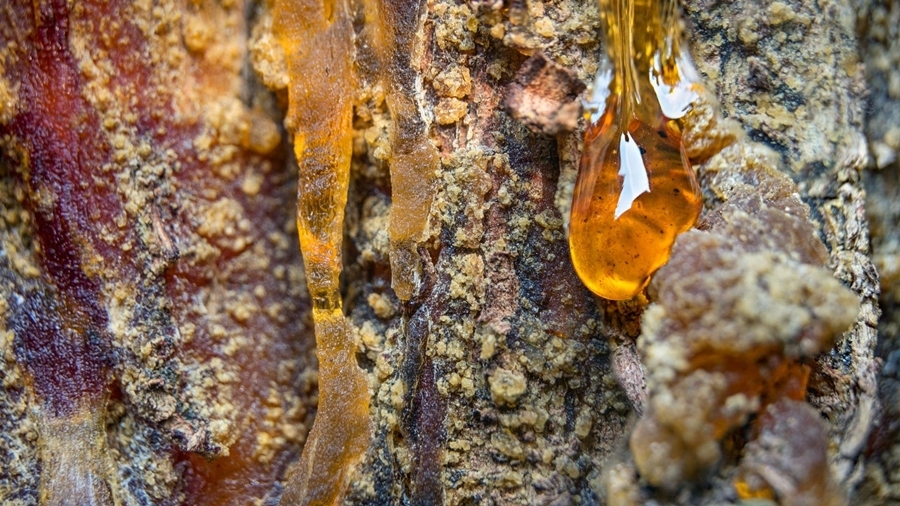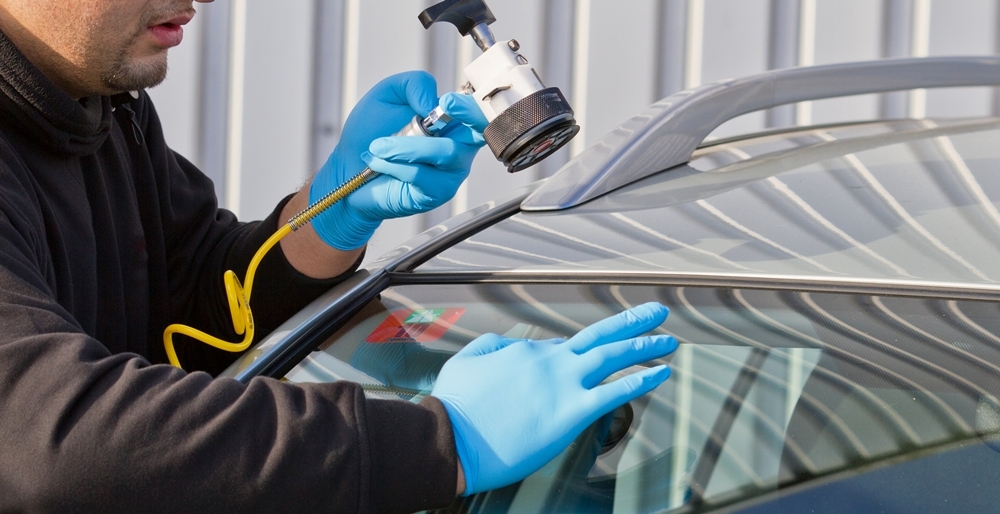Introduction
How to get sap off of a windshield is a question I get all the time in my shop, especially during spring and summer months when those sticky tree secretions seem to rain down on our vehicles! Nothing’s more frustrating than climbing into your car only to discover your windshield dotted with stubborn, hardened tree sap that your wipers just smear around. Trust me, I’ve seen countless drivers struggle with this exact problem.
According to a survey by the American Automobile Association, tree sap ranks as one of the top five most common causes of windshield damage when left untreated. But don’t worry – after years of helping customers deal with this sticky situation, I’ve perfected several foolproof methods to safely remove sap without damaging your glass. If you’ve been searching for how to get sap off of a windshield without scratching it or making things worse, you’re in the right place.
Also read: 3 Secrets to the Cheapest Windshield Replacement
Whether you’re dealing with fresh drips from a pine tree or hardened deposits that have been baking in the sun for weeks, this comprehensive guide will walk you through five effective techniques to restore your windshield to crystal-clear condition. I’ll show you exactly how to get sap off of a windshield using everything from pantry staples to professional-grade products. You’ll be surprised how easy it can be once you know the right approach.
Understanding Tree Sap and Its Effects on Your Windshield
Before diving into removal methods, it’s important to understand what we’re dealing with. Tree sap is not just a sticky nuisance – it’s a complex natural substance that can cause lasting damage to your vehicle if ignored.
What Makes Tree Sap So Problematic?
Tree sap is essentially the lifeblood of trees, similar to how blood flows through our veins. It contains a mixture of sugars, minerals, and other organic compounds that help nourish the tree. When this substance lands on your windshield, it doesn’t simply sit on the surface – it adheres strongly and begins a chemical process:
- Initially appears as a clear, sticky substance
- Gradually hardens and becomes amber or yellowish as it dries
- Contains acidic compounds that can etch into glass over time
- Becomes increasingly difficult to remove the longer it remains
- Can cause permanent damage if left for extended periods
- Creates dangerous visibility issues when driving
In my years working as a mechanic, I’ve seen windshields that needed complete replacement because owners waited too long to address sap buildup. The resin literally bonds with the glass surface, and once it etches in, no amount of cleaning will restore perfect clarity. That’s why learning how to get sap off of a windshield early on can save you a lot of money—and headaches—down the road.

How To Get Tree Sap Off Of Windshield
Have you ever noticed how sap seems to attract dust and dirt? That’s because its sticky nature makes it a magnet for environmental contaminants, compounding the problem. What starts as a small, innocent-looking droplet can quickly become a hardened, dirt-encrusted spot that’s not only unsightly but potentially hazardous when it interferes with your vision while driving. That’s why it’s so important to learn how to get sap off of a windshield before it becomes a bigger issue.
I once had a customer bring in their car after parking under a particularly sappy maple tree for an entire season. The windshield looked like it had been splattered with amber polka dots! It took us nearly an hour of careful work to remove all the deposits without damaging the glass. Had they known how to get sap off of a windshield early on, they could’ve saved a lot of time—and money.
Method 1: Household Solutions for Getting Sap Off a Windshield
Want to know how to get sap off of a windshield without making a trip to the auto parts store? Your kitchen and bathroom cabinets likely contain several effective sap removers. These household solutions are my go-to recommendations for customers looking for immediate, budget-friendly options.
Rubbing Alcohol: The Most Effective Household Remedy
Isopropyl alcohol (rubbing alcohol) is arguably the most effective household product for sap removal:
- Works by breaking down the sticky compounds in the sap
- Higher concentration (91%) works better than lower concentrations
- Apply to a microfiber cloth rather than directly on the glass
- Gently rub in circular motions until the sap dissolves
- Follow with glass cleaner to remove any residue
If you’re wondering how to get sap off of a windshield quickly and efficiently, rubbing alcohol is my top choice. I keep a bottle in my garage at all times specifically for sap emergencies. The way it breaks down those sticky compounds is almost magical—I’ve seen it dissolve sap that other products couldn’t touch. Just be careful to work in a well-ventilated area and keep it away from painted surfaces, as concentrated alcohol can sometimes affect certain paint finishes.
Vinegar Solution: Natural but Effective
White vinegar offers a more natural approach that’s still quite effective:
- Mix equal parts distilled white vinegar and warm water
- Soak a soft cloth in the solution and place it over the affected area
- Let it sit for 5–10 minutes to soften the sap
- Gently wipe away the loosened sap
- May require multiple applications for stubborn deposits
This is a great method if you’re trying to figure out how to get sap off of a windshield using safer, eco-friendly ingredients. I recommended it to an environmentally conscious customer last summer, and she was amazed at how well it worked. She’d been struggling with pine sap from the trees in her driveway for weeks, trying various eco-friendly products without success. The simple vinegar solution softened the sap enough to wipe away cleanly—and now she swears by it.
So if you’re searching for how to get sap off of a windshield using items you already have at home, these two methods are a solid place to start.

Automotive Tar and Sap Removers
Hand Sanitizer: Convenient On-the-Go Solution
The high alcohol content in hand sanitizer makes it perfect for emergency sap removal:
- Apply a small amount directly to the affected area
- Let it sit for 1–2 minutes
- Gently rub with a clean microfiber cloth
- Rinse thoroughly with water afterward
- Works best on fresh sap deposits
If you’re wondering how to get sap off of a windshield when you’re in a pinch, this method is a lifesaver. It’s saved me personally on more than one occasion! Last fall, I was heading to an important meeting when I noticed a fresh sap droplet on my windshield. I grabbed the hand sanitizer from my console, applied it to the spot, and within minutes, my windshield was clear again. It’s not ideal for large areas or hardened sap, but it’s perfect for those unexpected situations when you’re away from home.
Method 2: Commercial Products Specially Designed for Sap Removal
When household options don’t cut it, specially formulated commercial products offer more powerful solutions for stubborn sap. These are what I turn to when customers ask how to get sap off of a windshield that’s been neglected for too long or has hardened in the sun.
Automotive Tar and Sap Removers
Dedicated automotive sap removers contain solvents specifically designed to break down tree resins:
- Typically come in spray or liquid form
- Work much faster than household alternatives
- Require less scrubbing and physical effort
- Safe for use on automotive glass when used as directed
- Often work on other sticky substances like tar and bug residue
If you’ve already tried vinegar or rubbing alcohol without success, it’s time to step up your game. These products are often the answer when people ask me how to get sap off of a windshield without damaging the surface. My go-to recommendations are Goo Gone Automotive and 3M Adhesive Remover. Both are incredibly effective at dissolving stubborn sap without harsh abrasion. Just make sure to follow the label instructions—most require a few minutes of dwell time before wiping.
Clay Bar Treatment: Professional-Grade Solution
For extensive sap coverage or extremely hardened deposits, a clay bar system is remarkably effective:
- Automotive detailing clay that physically lifts contaminants from glass
- Works by pulling embedded particles away from the surface
- Requires a lubricant spray (usually included in clay bar kits)
- Leaves glass incredibly smooth and clear
- Can be used on all exterior glass surfaces
When a customer asks how to get sap off of a windshield after months of neglect, this is my secret weapon. I’ve used clay bars on vehicles parked under pine trees for an entire season, and the results speak for themselves. The clay literally pulls the sap off the glass like magic. It takes a little more time and elbow grease, but for heavy buildup, nothing else comes close. Just remember to keep the surface lubricated to prevent scratches.
So whether you’re looking for a quick fix or a professional-grade solution, knowing how to get sap off of a windshield using the right product can make all the difference.

WD-40: The Surprising Multi-Purpose Option
While not marketed specifically for sap removal, WD-40 is surprisingly effective:
- Spray a small amount onto a clean cloth (never directly on the glass)
- Let it sit on the sap for 2–3 minutes
- Wipe clean with a microfiber cloth
- Follow with glass cleaner to remove the oily residue
- Works well on both fresh and slightly hardened sap
If you’re searching for how to get sap off of a windshield using something you already have in your garage, this trick might surprise you. I discovered it years ago while working on a customer’s car coated in maple sap. After a few failed attempts with traditional cleaners, I gave WD-40 a shot—and it worked like a charm. It dissolved the sap almost instantly. Now, it’s a go-to in my toolbox for those tricky spots that resist everything else.
Method 3: Physical Removal Techniques for Hardened Sap
Sometimes, especially when sap has been baked on by the sun, chemical solutions alone just don’t cut it. When customers ask me how to get sap off of a windshield that’s been sitting under a tree for weeks, physical removal often becomes the necessary next step. These methods need to be done with care to avoid scratching the glass.
Ice Cube Method: Temperature Shock Treatment
Using temperature to your advantage can help break the bond between sap and the windshield:
- Rub an ice cube directly over the sap deposit
- Cold causes the sap to contract and become brittle
- Once hardened, the sap can often be chipped away
- Follow with a chemical cleaner for leftover residue
- Best for thick, raised sap spots
This approach works particularly well when you’re trying to figure out how to get sap off of a windshield that’s been through weather extremes. I had one customer park under a pine tree during a scorching week, and the sap essentially baked onto the glass. The ice cube trick let us chip off the hardened top layer, making the rest much easier to clean.
Plastic Scraper Technique: Gentle Physical Removal
Sometimes you need a little elbow grease:
- Use a plastic razor blade or old credit card
- Hold it at a 45-degree angle
- Gently push from the edges toward the center
- Avoid metal blades to prevent scratching
- Finish with a sap-removing solution for best results
If you’re wondering how to get sap off of a windshield without causing damage, this method can help—just be patient. I always recommend plastic tools because they’re safe for glass. Let the scraper do the work rather than forcing it; otherwise, you risk leaving marks that are worse than the sap itself.
Steam Cleaning: Professional-Grade Solution
For the most stubborn cases, steam is king:
- Softens the sap while loosening it from the glass
- Requires a handheld steam cleaner with a soft attachment
- Hold 2–3 inches from the surface and wipe immediately
- Effective for widespread or old sap spots
If you’ve tried everything and still don’t know how to get sap off of a windshield that’s absolutely coated, steam cleaning might be your answer. We’ve handled SUVs in the shop that looked like they’d been under a sap rainstorm—and with steam, the cleanup was fast and safe. It’s one of the best pro-level options out there.

Method 4: Prevention Strategies to Keep Sap Off Your Windshield
An ounce of prevention is worth a pound of cure—especially when you’re trying to avoid figuring out how to get sap off of a windshield in the first place. A few proactive steps can save you time, effort, and potential glass damage down the road.
Protective Coatings and Sealants
One of the best ways to reduce sap headaches is to apply a protective coating:
- Rain-repellent products like Rain-X or Aquapel
- Ceramic glass coatings made specifically for automotive use
- Even carnauba wax (while made for paint) can offer some protection on glass
- Reapply every 1–3 months depending on the product
- Helps prevent all contaminants—not just sap—from sticking
If you’ve ever searched how to get sap off of a windshield after a messy encounter with a maple or pine tree, you know how sticky and stubborn that stuff can be. That’s why I personally coat my windshields with ceramic glass sealant twice a year. The difference is night and day. When sap does make contact, it doesn’t bond to the surface—most of the time, my wipers and a little washer fluid are all it takes to remove it.
Strategic Parking Choices
Sometimes, the smartest solution is the simplest—just don’t let sap land on your glass in the first place:
- Avoid parking directly under trees, especially pines, maples, and firs
- Be extra cautious during spring and early summer when sap flow is at its peak
- Use covered or garage parking whenever possible
- Consider a car cover if outdoor parking under trees is unavoidable
- Choose parking spots away from known sappy tree species
Many drivers come into my shop asking how to get sap off of a windshield, only to realize the real problem started with their parking habits. Some didn’t even know pine trees produce significantly more sap than other species. I always tell customers to be tree-aware—if you’re parking under trees often, especially in warmer months, you’re inviting sap trouble. Prevention doesn’t cost much, but it saves a ton of frustration.
The easiest way to stop wondering how to get sap off of a windshield is to never let it stick in the first place. A bit of planning and the right products can make that goal a whole lot easier to reach.

Regular Maintenance and Quick Response
Developing good maintenance habits can prevent sap from becoming a major problem:
- Wash your vehicle regularly, especially after parking under trees.
- Remove fresh sap immediately – the longer it sits, the harder it becomes to remove.
- Keep sap removal supplies in your vehicle for quick response.
- Inspect your windshield regularly for small sap deposits.
- Consider professional detailing twice yearly for protective treatments.
One habit I’ve developed is keeping a small kit in my glove compartment with alcohol wipes and a microfiber cloth. When I spot fresh sap, I address it immediately rather than waiting until I get home. This simple practice has saved me countless hours of difficult cleaning later on. If you’re wondering how to get sap off of a windshield quickly, staying prepared is half the battle.
Method 5: Natural and Eco-Friendly Sap Removal Options
For those who prefer greener solutions, these natural methods can be effective on moderately stubborn sap deposits. Each one offers a safe and effective answer to the question: how to get sap off of a windshield without using harsh chemicals.
Baking Soda Paste: Gentle Abrasive Action
A simple baking soda paste provides mild abrasive cleaning power:
- Mix baking soda with water to form a thick paste
- Apply to sap spots and let sit for 5–10 minutes
- Gently scrub with a soft cloth using circular motions
- Rinse thoroughly with clean water
- Safe for glass and surrounding paint
This method works through gentle abrasion rather than chemical dissolution. I’ve recommended it to customers who are sensitive to harsh chemicals or concerned about environmental impact. It requires a bit more elbow grease but gets the job done without strong solvents—especially helpful if you’re seeking how to get sap off of a windshield in the most eco-conscious way.
Citrus-Based Cleaners: Natural Solvent Power
Citrus oils naturally dissolve sticky substances like sap:
- Look for cleaners containing d-limonene (derived from citrus peels)
- Apply directly to a cloth, then to the sap spot
- Allow to sit for 3–5 minutes before wiping
- May require multiple applications for stubborn spots
- Leaves a pleasant citrus scent
A customer once brought in their own homemade orange oil cleaner made from orange peels soaked in vinegar. I was skeptical but amazed at how effectively it removed a moderate sap buildup on their windshield. If you’re exploring how to get sap off of a windshield without relying on store-bought chemicals, this method is a surprisingly strong contender.
Olive Oil or Peanut Butter: Unconventional but Effective
These pantry staples can help break down sap through their natural oils:
- Apply a small amount to the sap deposit
- Let sit for 5–10 minutes to soften the sap
- Gently wipe away with a clean cloth
- Follow with glass cleaner to remove any residue
- Best for small spots rather than large areas
It sounds bizarre – I was certainly doubtful the first time a colleague suggested it – but these oily substances work by dissolving the sap’s sticky compounds in a similar way to commercial products. They’re not my first recommendation for large jobs, but for a quick fix when you’re short on supplies, they can be surprisingly effective. If you’re still figuring out how to get sap off of a windshield in a pinch, this kitchen hack is worth trying.
Frequently Asked Questions About Removing Sap from Windshields
Can tree sap permanently damage my windshield?
Yes, if left untreated for extended periods, tree sap can etch into the glass surface of your windshield. The acidic compounds in sap can create permanent marks or small pits in the glass that no amount of cleaning will remove. This is why it’s crucial to understand how to get sap off of a windshield as soon as you notice any.
Is it safe to use a razor blade to scrape off hardened sap?
I strongly advise against using metal razor blades on automotive glass. Even though windshields are durable, they can be scratched by metal tools. Always opt for plastic scrapers designed for automotive use. These are firm enough to remove hardened sap but won’t damage your glass—and they’re a smart addition to any toolkit when learning how to get sap off of a windshield safely.
How quickly should I remove sap from my windshield?
The sooner you remove sap, the easier it will be. Fresh sap can often be wiped away with just your windshield washer fluid and wipers. Once it sits for 24–48 hours, especially in hot weather, it begins to harden and bond more strongly to the glass. This makes removal more difficult, which is why knowing how to get sap off of a windshield efficiently can save time and prevent damage.
What’s the best product for removing multiple sap spots quickly?
For dealing with numerous sap spots efficiently, I recommend a dedicated automotive tar and sap remover like Goo Gone Automotive or 3M Adhesive Remover. These products are formulated specifically to break down tree resins quickly and with minimal effort. When trying to figure out how to get sap off of a windshield in bulk, these commercial solutions are your best bet.
Will my regular glass cleaner remove tree sap?
Standard glass cleaners like Windex aren’t effective at removing sap because they’re not formulated to break down sticky, resinous substances. They’re great for everyday cleaning but lack the strength needed for sap. If you’re wondering how to get sap off of a windshield using household items, you’ll need something stronger—like rubbing alcohol or a citrus-based cleaner.
How can I prevent sap from sticking to my windshield in the first place?
The most effective prevention is applying a quality glass sealant like Rain-X or a ceramic glass coating. These products create a slick surface that makes it difficult for sap to bond strongly to your glass. Reapply every 1–3 months for ongoing protection. Avoiding trees that drop sap is also wise—but knowing how to get sap off of a windshield is essential for those times when exposure is unavoidable.
Final Thoughts on Removing Sap from Your Windshield
How to get sap off of a windshield doesn’t have to be a frustrating experience when you’re armed with the right techniques and products. Throughout my years as a mechanic, I’ve seen countless drivers struggle with this sticky situation, but with prompt action and the proper approach, your windshield can be restored to perfect clarity.
Remember, success lies in removing sap as quickly as possible before it hardens and potentially damages the glass. Whether you choose household remedies like vinegar and rubbing alcohol, commercial products designed for sap removal, or preventative strategies such as protective coatings, understanding how to get sap off of a windshield gives you the upper hand.
I hope this guide has provided you with practical, effective solutions. By making sap removal a part of your vehicle maintenance routine, you’ll protect one of your car’s most vital safety features—your windshield. Safe driving, and here’s to clear, sap-free glass!
Need to find a mobile windshield replacement specialist? Find one on the Mobile Mechanic Directory.



